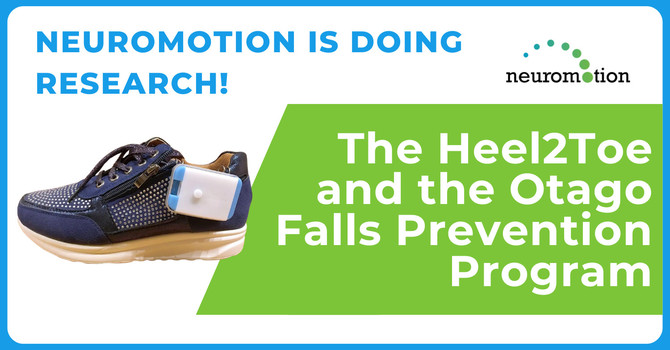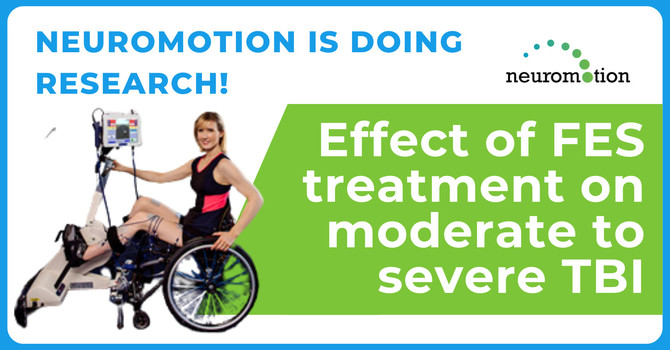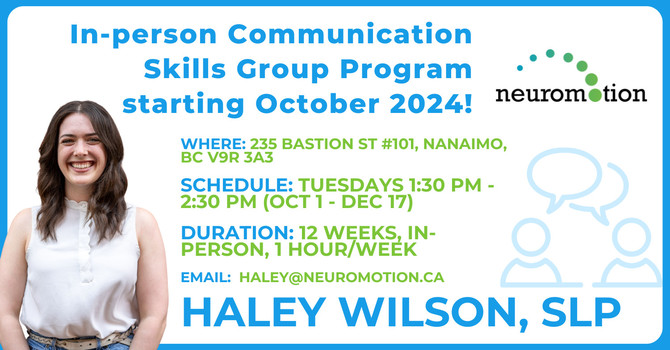
Functional Neurological Disorders (FND) are a group of symptoms that are caused by alterations in the functioning of brain networks. It affects how the nervous system sends and receives signals, rather than being as a result of any structural changes in the nervous system itself. FND is common, but can be difficult for patients to understand and is still poorly understood by some health professionals.
The hardware versus software analogy is often used to explain FND. Think of your brain as a computer with hardware (physical components) and software (operating system). The hardware and software work together and communicate to function and interact with the environment. With FND, there is a problem with the software – a glitch – causing a disruption in the communication with the hardware. In turn, this causes the hardware to function abnormally and interact differently with the environment.
Who is at risk?
There is no single risk factor for developing FND. Many biological, psychological, and social factors can cause vulnerabilities and triggers that contribute to FND or can prevent recovery.
Injury and pain are common triggers. Traumatic life experiences, anxiety, and depression can also make the brain more vulnerable to FND.
What are FND symptoms?
There are two common groups of FND: functional motor disorders and dissociative attacks. Functional motor disorders can include limb weakness, tremor, dystonia (involuntary muscle contractions), gait disorders, dysphagia (trouble swallowing). Dissociative attacks can include non-epileptic seizures involving excessive movements, stiffening, tremor, muscle weakness or loss of responsiveness. These attacks are caused by dissociation in a response to mental, physical, or social stressors. These stressors can cause one to feel disconnected or shut down from the brain, body, or surroundings. Along with these FND symptoms, many individuals experience chronic pain, fatigue, sensory changes, and/or cognitive changes in memory or concentration.
A common misconception is that individuals with FND are in control of some or all of their symptoms. These functional symptoms are not produced consciously. FND symptoms can appear suddenly and progress rapidly. They can also wax and wane, with flare-ups or periods of remission. It can also be common for FND symptoms to co-exist with other concurrent illnesses.
How is FND treated?
FND is treated through a multidisciplinary team of doctors, physiotherapists, occupational therapists, speech language pathologists, psychiatrists, and psychologists.
Physiotherapists can help manage physical symptoms through retraining movement patterns and providing education for self-management strategies.
Occupational therapists can help work on managing your activities of daily living and improving your participation in these life roles or leisure activities.
Speech language pathologists can help retrain skills in speech, language, and swallowing.
Psychiatrists can diagnose and treat mental health conditions, as well as prescribe and monitor medication.
Psychologists can provide coping strategies to help manage symptoms and identify patterns of behaviour, thoughts, and emotions that can contribute to symptoms.
Sessions at Neuromotion typically include education about symptoms, strategies for managing symptoms such as planning and pacing, and working to increase participation in activities most meaningful to that individual. Goal setting will also play a major role in the treatment of FND. Ultimately, mutual clear and effective communication with your interdisciplinary healthcare team is important for successful treatment.
Therapy approaches are strongly influenced by the principles of neuroplasticity and retraining the neural pathways, or “software”, that are responsible for communicating with the “hardware” to function and interact within your environment.



